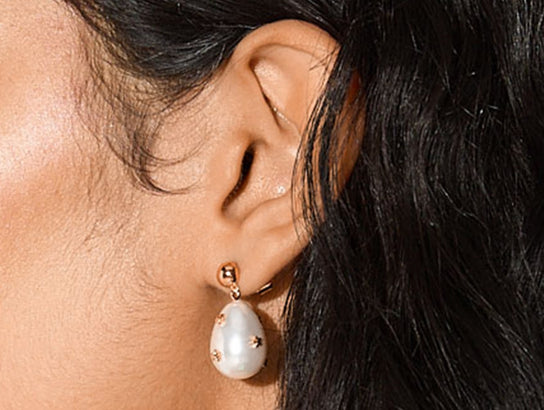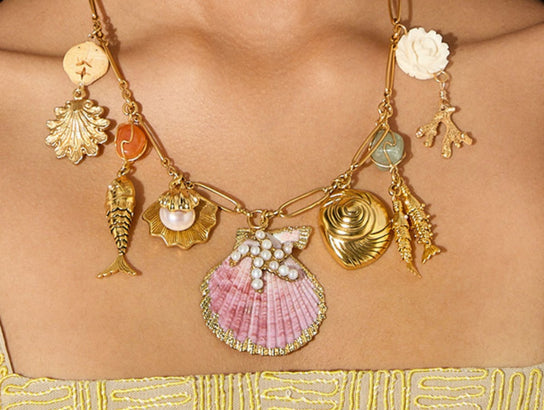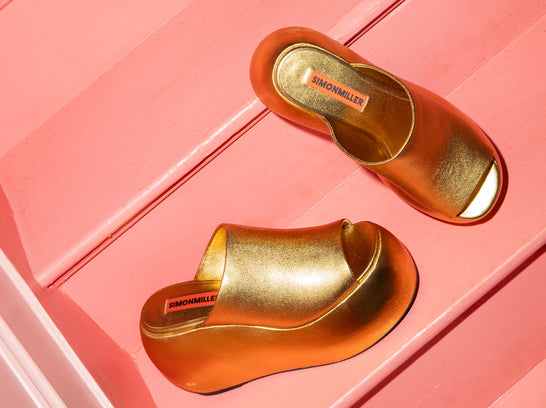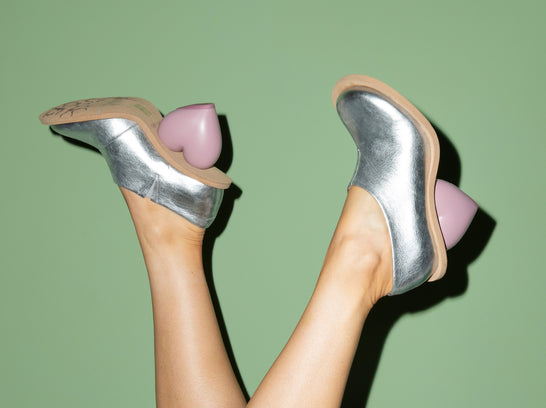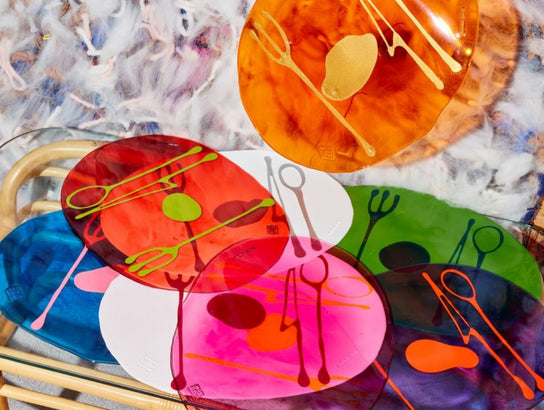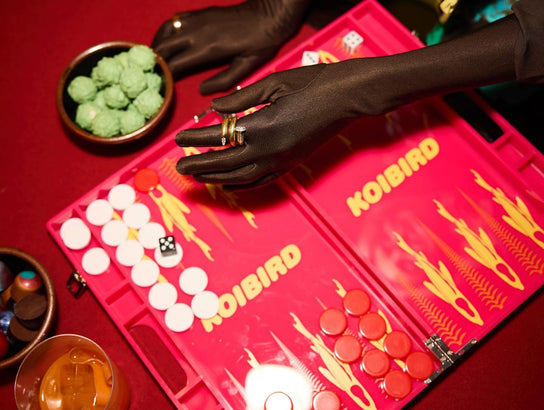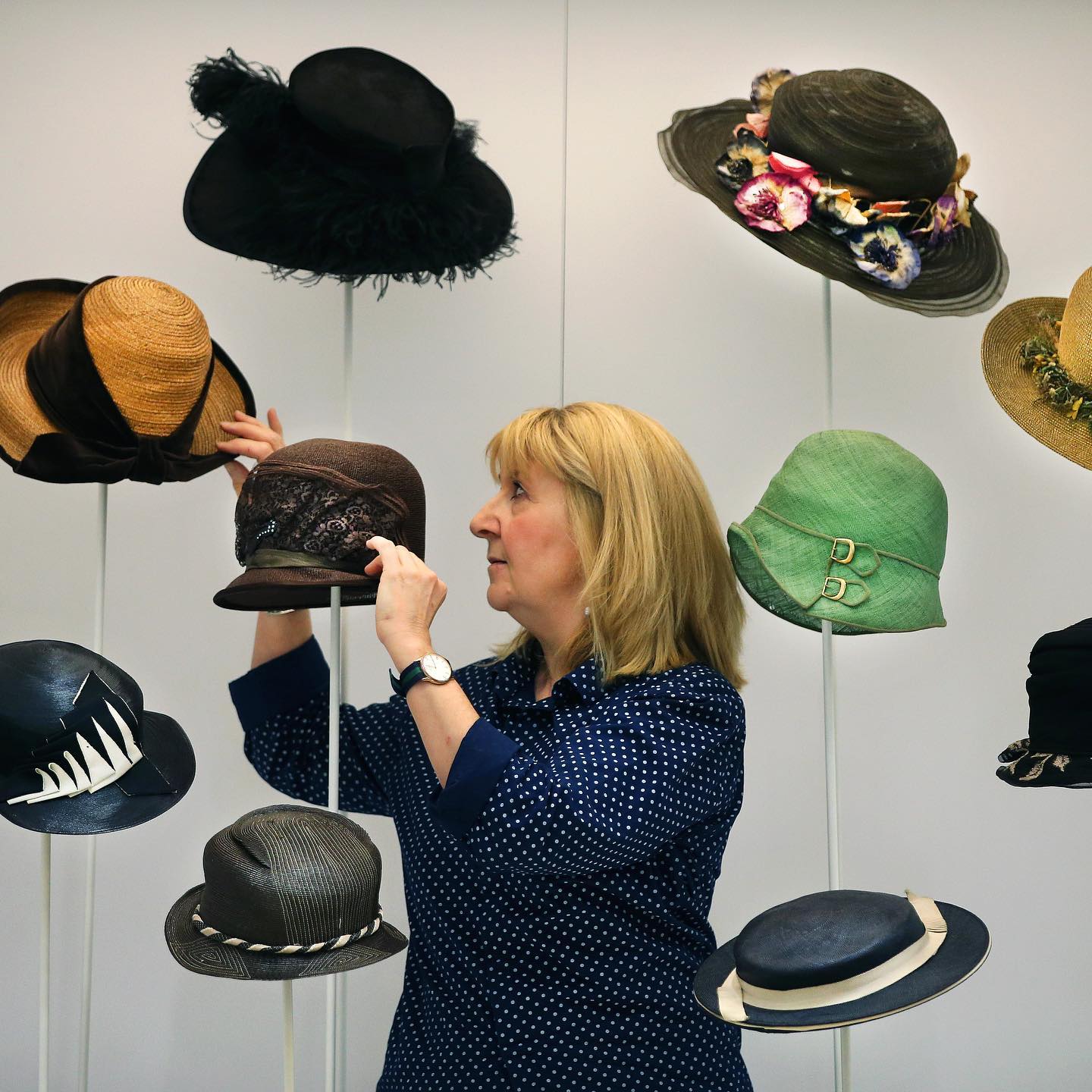Much like a newborn (or all babies for that matter), our debut vintage collection has us feeling all sorts of ways: pride, excitement, utter joy – generally, we are overwhelmed with positivity. Amongst those feelings of overwhelming positivity, however, lurk more challenging ones like pity and anxiety. The pity is obviously for our jealous detractors (they’re omnipresent), but the anxiety is about the fabulous vintage pieces themselves. How are we supposed to care for such unique – but often delicate and highly sentimental – items?
If there’s a demographic that knows the answer, it’s fashion curators. After all, conservation is a significant and constant part of the job. So, we spoke to Pauline Rushton, Head of Decorative Arts at National Museums Liverpool, and Rebecca Shawcross, Senior Shoe Curator at Northampton Museum and Art Gallery, about exactly that. Here’s a professional guide to caring for both what’s vintage in your wardrobe now and what will be eventually. Special clothes require special approaches.




